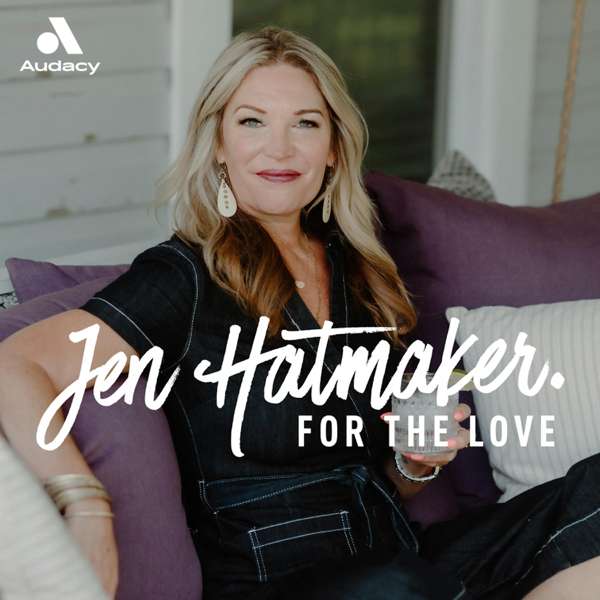Subscribe via iTunes
Big Show! Episode 8 includes part 1 of an interview with Joe Friel. Joe is a long-time and well known coach. His long list of books includes The Triathlete's Training Bible and he is a co-founder of TrainingPeaks.com. We discuss the paleo diet, the importance of training consistency, the key to periodization, and zone 3 training.
Before the interview I explain functional threshold power (FTP) and intensity factor (IF), two important concepts covered in the interview.
Subscribe to the Triathlete Training podcast by searching Triathlete Training in iTunes.
Functional Threshold Power (FTP)
Defined as the power you could hold for 60 minutes in a race.
To test in training do a 30 minute test on a day preceded by 1-3 easier days. This will approximate your FTP because your output in training will normally be lower because motivation is lower than in a race.
Here is a link to an article I wrote about determining heart rate and power zones.
Intensity Factor (IF)
Intensity Factor, also known as IF, is determined from your FTP. It’s a ratio of your output in a given workout to your FTP. For example, if your FTP was 200 watts, and you did an interval at 160 watts, this would be an IF of .80 or 80%. IF only describes the intensity of a workout or an interval. Duration does not factor into the calculation (there are additional metrics that factor both intensity and duration).
From Joe Friel’s Power Meter Handbook, here are some IF guidelines at different distances. The numbers below apply to age group athletes. Elite athletes will race at a higher IF.
Ironman: .60 to .70
Half Ironman: .70 to .79
Olympic triathlons, standard distance duathlons, and sprint races: .90 to 1.04
Joe Friel Interview
Paleo Diet
Joe introduced the paleo diet to triathlon. He became of aware of the paleo diet concepts in 1995 when he met Dr. Loren Cordain. Joe tried it and found that it worked. He now talks about foods we should and should not be eating. He no longer labels it as the paleo diet because people have such strong reactions to diet labels.
Dr. Loren Cordain wrote a book called The Paleo Diet. In 2005, Joe and Dr. Cordain wrote The Paleo Diet For Athletes.
Here is Dr. Cordain explaining the Paleo Diet in a 51 minute YouTube video: http://www.youtube.com/watch?v=52A3ayfxfTs
Joe’s thoughts on diet changed recently when he read a piece by Tim Noakes. Joe has been experimenting with less sugar/fruit and more fats, such as olive oil, eggs, avocado, and coconut. He avoids man made fats.
Training Consistency
Joe has been looking at Chronic Training Load (CTL), a measurement available within the software at TrainingPeaks.com. When people miss a workout they get a 2% drop in fitness, as measured by CTL, which is a measurement of fitness. The takeaway is that missing a workout is a big deal for fitness. For an athlete that trains over 10 hours/week, they get back the lost 2% at the rate of .3% per hour of training. If you miss one hour of training, it requires 6 hours of training to get back the fitness, as measured by CTL.
The most important part of training is consistency. It’s more important than hard workouts and and miles.
Key To Periodization
The closer an athlete gets to their peak race, the more like the race their training must become. The harder those workouts become, the easier the easy workouts must become.
Here are examples of specific workouts, based on that premise:
Ironman athlete 2 weeks before the race
Three hour bike ride. 2 hours at race intensity in zone 3/70% intensity factor (IF) on route similar to the Ironman course.
Ironman athlete 5 weeks before the race
Anticipated 5-5.5 bike split: 5-6 hour ride with 4 hours at race intensity (70% IF).
Anticipated 6-8 hour bike split: 6 hour ride at 65% IF.
As anticipated bike split goes up, IF should decrease in the workout.
Triathlon or duathlon with 80 minute bike split,

 Our TOPPODCAST Picks
Our TOPPODCAST Picks  Stay Connected
Stay Connected







